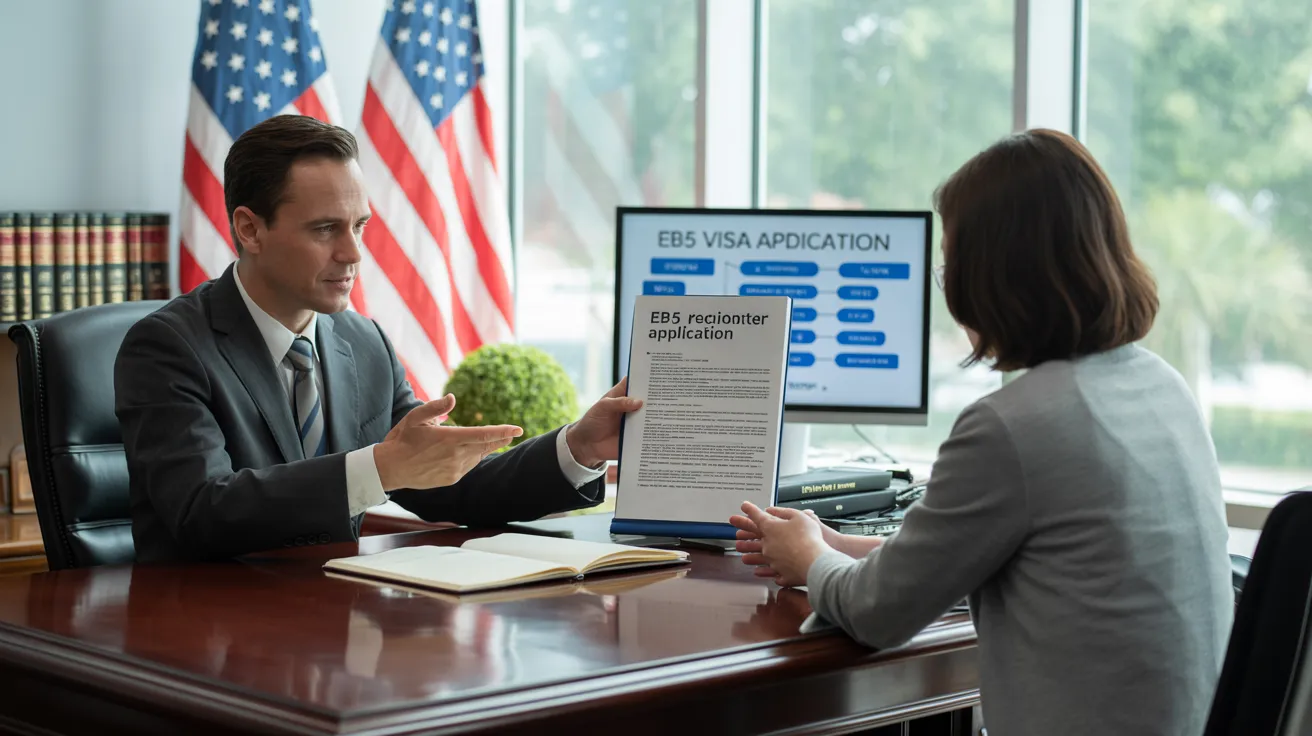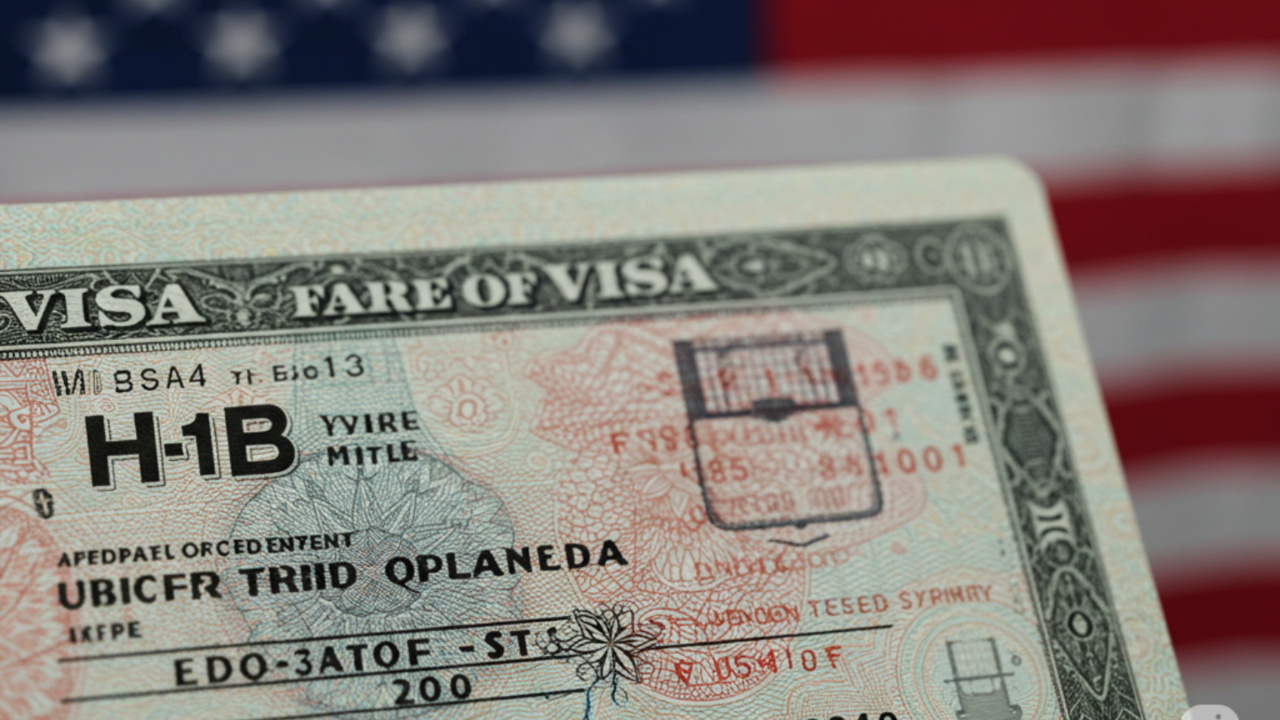L1 Visa for Dummies
Table of Contents8 Easy Facts About L1 Visa ShownEverything about L1 VisaSome Ideas on L1 Visa You Should KnowSome Known Factual Statements About L1 Visa The Ultimate Guide To L1 Visa
L-1 visas are available to employees of a global firm with workplaces in both the USA and abroad. L1 Visa. The visa permits such foreign workers to relocate to the company's US office after having actually functioned abroad for the business for a minimum of one continuous year within the previous three before admission in the USOne L-1 visa can permit numerous workers entrance right into the USA. Spouses of L-1 visa owners are enabled to work without constraint in the United States (using an L-2 visa) case to condition, and the L-1 visa might lawfully be made use of as a tipping rock to a eco-friendly card under the doctrine of double intent.
Given that 2000, Indian nationals are the biggest receivers of L-1 visas. The variety of L-1 visas provided to Indian nationals jumped from 4.5 percent in 1997 to 43.8 percent in 2006. In 2019, Indian nationals obtained 18,354 L-1 visas, accounting for 23.8% of all L-1 visas issued in 2019. According to USCIS data, the largest employers to get L-1 visas in 2019 were Tata Working as a consultant with 1,542 accepted L-1 visa requests, Infosys with 517, Amazon with 455, Observant with 382, and Deloitte with 305.
Congress developed the L-1 visa in 1970. It was introduced as a "noncontroversial modification" for multinational American companies. The original visa needed that the job tenure correspond straight before looking for the company transfer. Congress initially did not define "specialized expertise". In 1980, the State Department provided 26,535 L-1 visas.
The Ultimate Guide To L1 Visa
Significant Indian outsourcing firms such as Tata, Infosys, and Wipro significantly used the L-1 copyright personnel American international corporations. Fifty percent of Tata's employees brought to the United States came on L-1 visas.
By 2000, Immigration and National Service taped 294,658 visa entrances. In 2002, Congress permitted L-1 visa partners, that get on an L-2 visa, the permission to function freely within the USA. In 2003, the Senate Judiciary Committee held a hearing on the L-1 visa. In financial year 2004, the number of L-1B visas went beyond the variety of L-1A visas.

Applicants who remain in the USA at the time of the filing of the I-129 can ask for an adjustment of standing from their present nonimmigrant standing (i.e. site visitor, pupil, and so on), as long as they remain in standing at the time of the declaring of the I-129. If they go out of status after the declaring, however prior to authorization, there is no negative consequence, and L1 Visa attorney the individual does not accrue unlawful existence.
Children of the primary L-1 can participate in institution. The partner of the key L-1 has an automatic right to work in the United States.
Some Of L1 Visa
An I-797 Notice of Activity showing the authorization of the copyright does not assure that a visa will be provided at the United state

The 7-Minute Rule for L1 Visa
For an L-1 visa applicant, "dual Intent" is enabled: unlike some classes of non-immigrant visas (e.g., J-1 visas (L1 Visa)), L-1 candidates might not be rejected a visa on the basis that they are an intending immigrant to the United States, or that they do not have a home abroad which they do not mean to desert
L-1 condition may be restored and prolonged within the United States. Except when it comes to blanket requests, a new I-129 application need to be submitted. Revival in the USA uses to status only, not the real visa in the key. copyright renewal, the candidate has to most likely to a UNITED STATE

The 9-Minute Rule for L1 Visa
An individual in L-1 standing typically may function only for the seeking firm. If the L-1 employee goes into based on an L-1 blanket, however, it normally is feasible for the worker to be relocated the exact same capability to any type of various other associated firm provided on the blanket. The L-1 visa program has read more actually been slammed for many factors.
In one example, The U.S. Department of Labor fined Electronics for Imaging $3,500 for paying its L-1 visa employees $1.21 an hour and working several of them up to 122 hours a week. Some industry representatives have implicated firms of making use of the L-1 program to replace U.S. employees. Critics and government authorities have actually aimed out how the visa program does not specify "specialized understanding" for international workers in the L-1B visa classification.